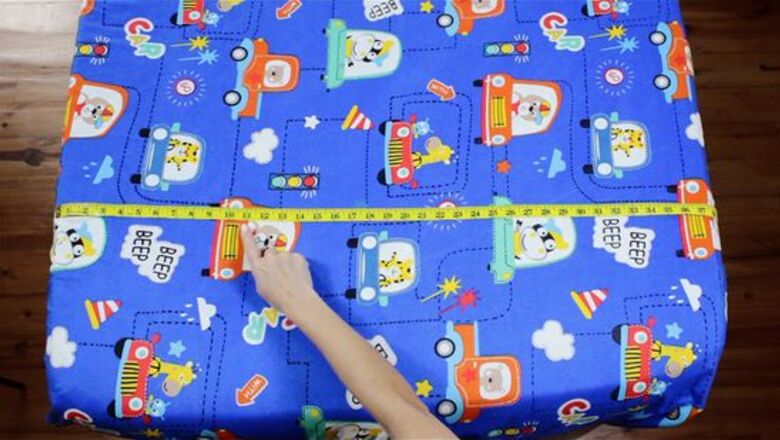
views
Measure your mattress.
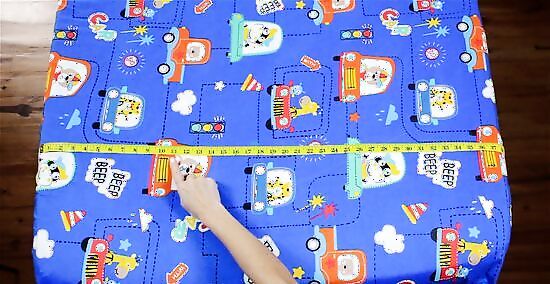
Measure the width, depth, and length of your mattress. This will help you determine how much fabric you should purchase or cut to size. If you don’t want to buy new material, take a larger flat sheet you already own. So, if you’re making a twin-sized fitted sheet, use a queen or king-sized flat sheet. You’ll only need to measure the depth of your mattress using this method. You can use an online bed size chart, but be careful. Each mattress may have a different depth. Measure yours to ensure your fabric will fit. Twin-sized sheets: 35 in (W) x 75 in (L) Full-sized sheets: 53 in (W) x 75 in (L) Queen-sized sheets: 59 in (W) x 79 in (L) King-sized sheets: 71 in (W) x 79 in (L)
Cut fabric to size.
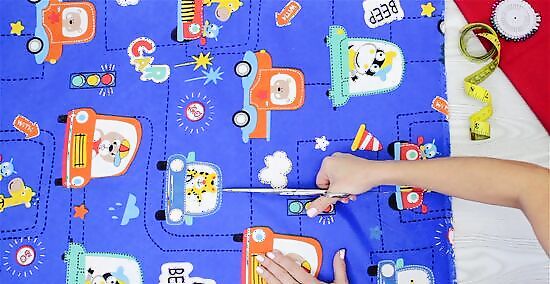
Cut a piece of fabric based on your measurements. Use the formula to cut your fabric to size: Mattress Width + (2 x Mattress Depth) + 16 in and Mattress Length + (2 x depth) + 16 in (40 cm). The additional 16 in (40 cm) will be used for seam allowance and tuck-in, 8 in (20 cm) on each side. An average twin-sized mattress would be 38 in + (2 x 8) + 16 in and 75 in + (2 x 8) + 16 in. If you want to make the process of sewing fitted sheets even simpler, use a flat sheet instead of a large piece of fabric to sew the sheet. If you do this, it may help to level one side of the sheet to the bottom edge of the mattress. This way, you’ll only have to cut two sides of the sheet instead of all four.
Prepare your corner markings.
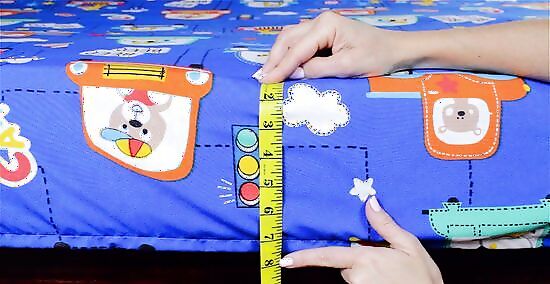
Use your tape measure to measure from the corner of the fabric. Along the mattress’s outer edge, measure over the mattress’s depth and add 8 in (20 cm) from the corner of the fabric. Using a pen or fabric marker, mark this spot. Measure up the depth of the mattress plus 8 in (20 cm) from the marked spot. Put a dot at the spot. Draw a line connecting that dot to the mark on the edge of the sheet. Draw another line connecting the dot to the edge of the fabric on the other side. This will give you a square shape on the corner of your fabric.
Cut out the square.
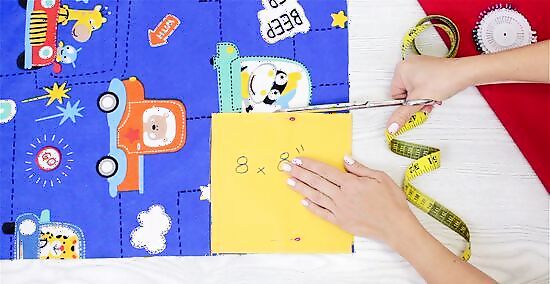
Follow the lines you drew and cut out your square template. Don’t toss the extra fabric away. Instead, use it as a template for the other 4 corners of your fabric or flat sheet. Doing this to the corners will help ensure the sheet hugs your mattress.
Fold the fabric.
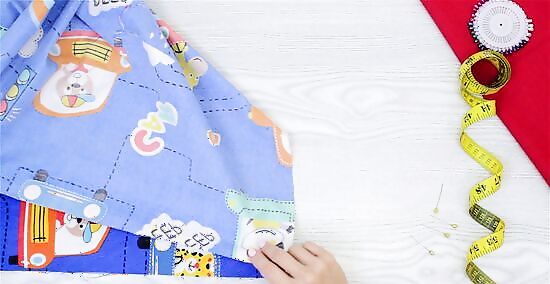
Bring the cut edges of each corner together. The right sides of the homemade fitted sheets should face each other, leaving the unfinished side facing you. Be sure the edges line up because you’ll be sewing these together momentarily.
Secure the corners.
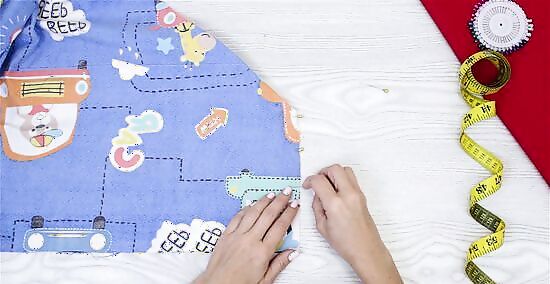
Pin the cut edges together at each corner. This will help keep the edges aligned and in place while you sew them together. You can also use sewing clips to keep them in place.
Sew the corners together.
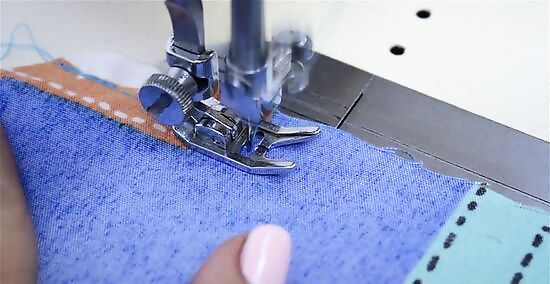
Leave a 1/2 inch (1 cm) seam allowance as you sew. When you start, sew a few stitches down before performing a back-stitch. This will ensure your stitches are secure. Continue along the edge until you reach the bottom. Secure with another back-stitch and clip your thread.
Sew along all 4 edges.
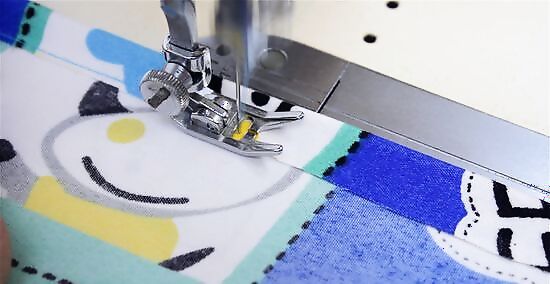
Sew each edge of your sheet by folding the hems over 1/2 inch (1 cm). You can secure your edges with pins or sewing clips. You can skip this step if you are using a flat sheet since the edges are already properly hemmed.
Fold the hems.
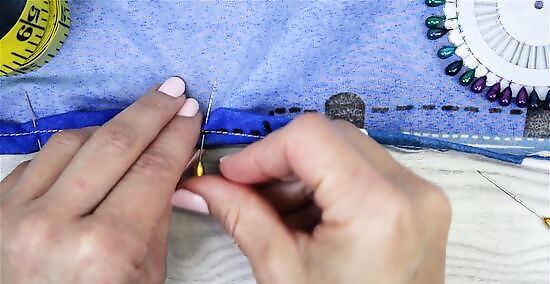
Fold, or roll, your new hems over another 1/2 in (1 cm) and pin. This will give your fitted sheets a finished look while also creating a casing for elastic that you’ll add in a later step.
Create a casing.
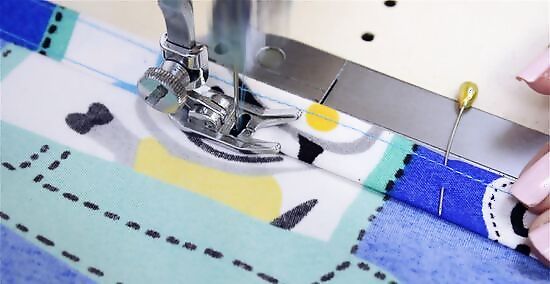
Leave 1-inch (2.5 cm) wide gaps along the hems. Typically, you’ll want to leave this gap about 8 in (20 cm) away from the sewn-together corners on each side of the sheet. In this gap, you’ll be able to thread elastic through to make the fitted sheet snug. You can also create a casing that goes the entire length of your project. If using this method, you’ll need more elastic.
Cut your elastic to size.
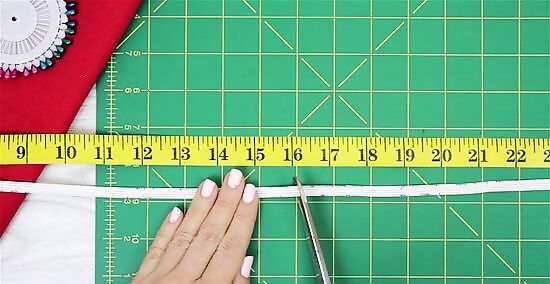
Cut 4 pieces of elastic that measure 16 in (40 cm) long. The elastic is used to cinch the corners of your fitted sheet to your mattress. Suppose you want elastic to run along the edges of your sheet. In that case, you’ll need to calculate the perimeter of your sheet by adding the Width + Length = Amount x 2 = Perimeter. For example, a twin-sized mattress would look like 38 in + 75 in = 113 x 2 = 226. Generally, you want to use ⅔ of elastic for your distance. To calculate this, multiply 2 x Perimeter. Then divide your answer by 3. For instance, 2 x 226 = 452 / 3 = 150.6 inches (382.5 cm) of elastic.
Pull your elastic through.
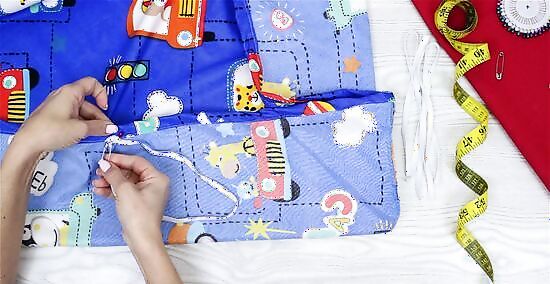
Thread 1 piece of elastic through the hem in 1 corner of the sheet. Pin 1 end of the elastic using a safety pin to the gap on 1 side. Attach a safety pin to the end of the elastic to help you push it through the hemmed edge of the sheet. Pull the elastic so the sheet corners gather around it. Pin the other end of the elastic to the sheet on the other end.
Sew the elastic in place.
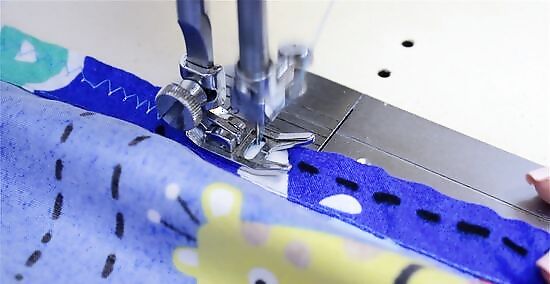
Keep the elastic in place by sewing both sides of the corner. Use a zig-zag stitch; this allows the elastic to stretch with the thread. If you use a normal straight stitch, the thread will snap when the elastic stretches.
Finish all 3 corners.
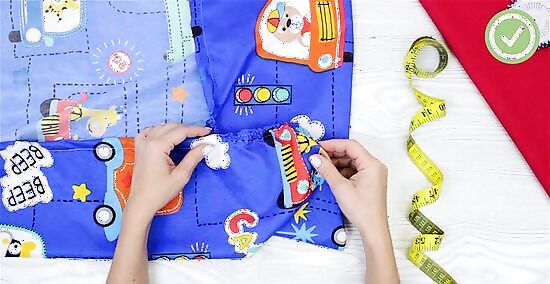
Repeat these steps on all 3 corners. Thread the elastic through the remaining 3 corners and sew each in place. Once you do, you’ll have a brand-new fitted sheet!

















Comments
0 comment